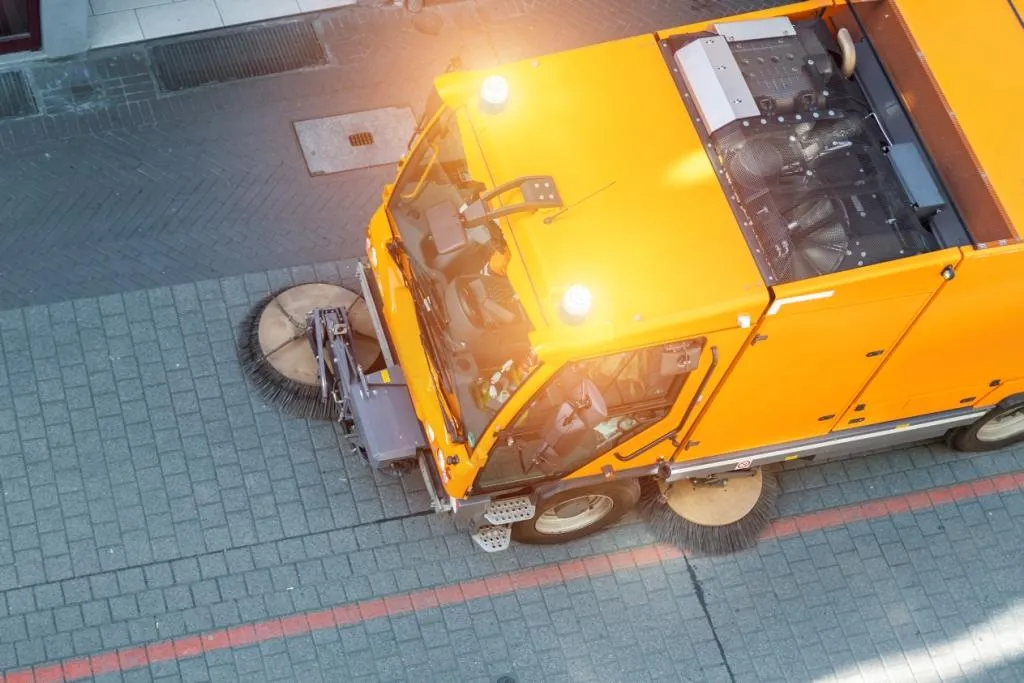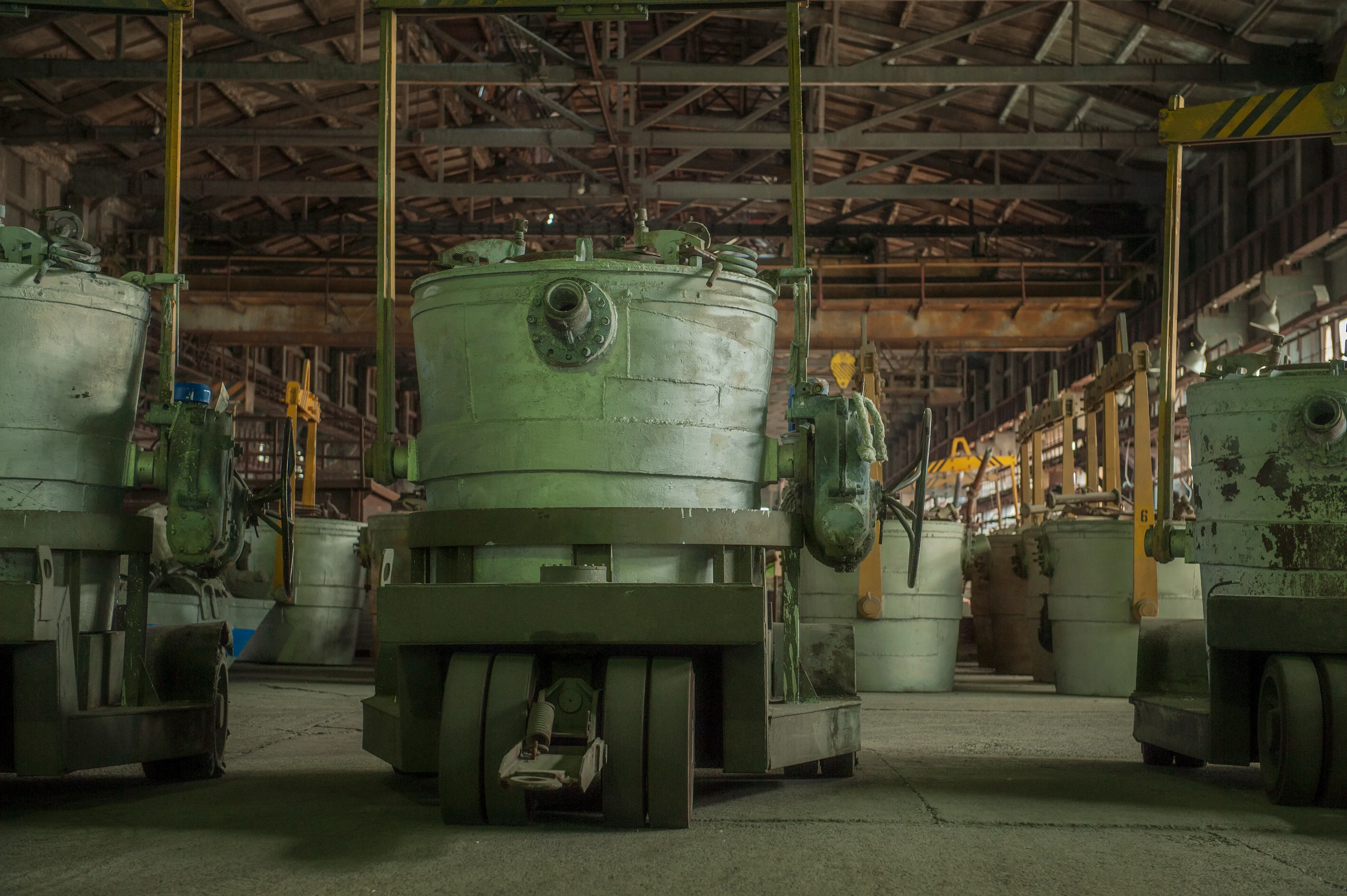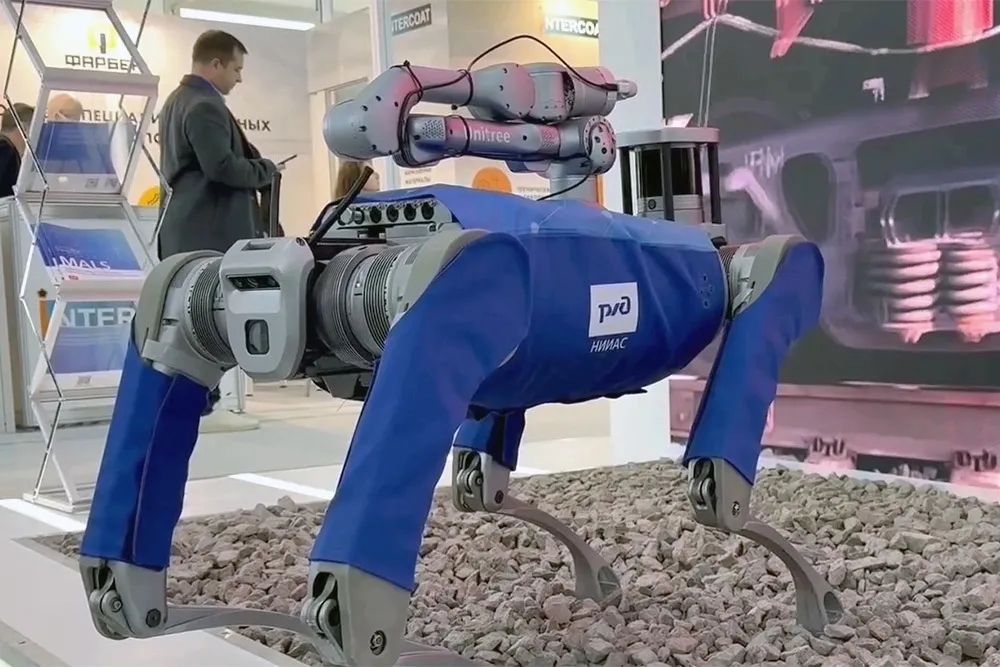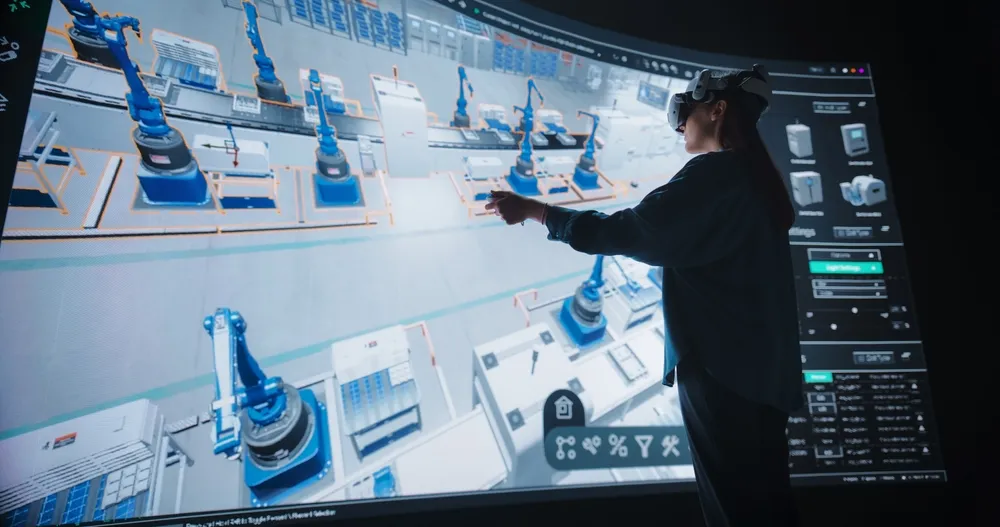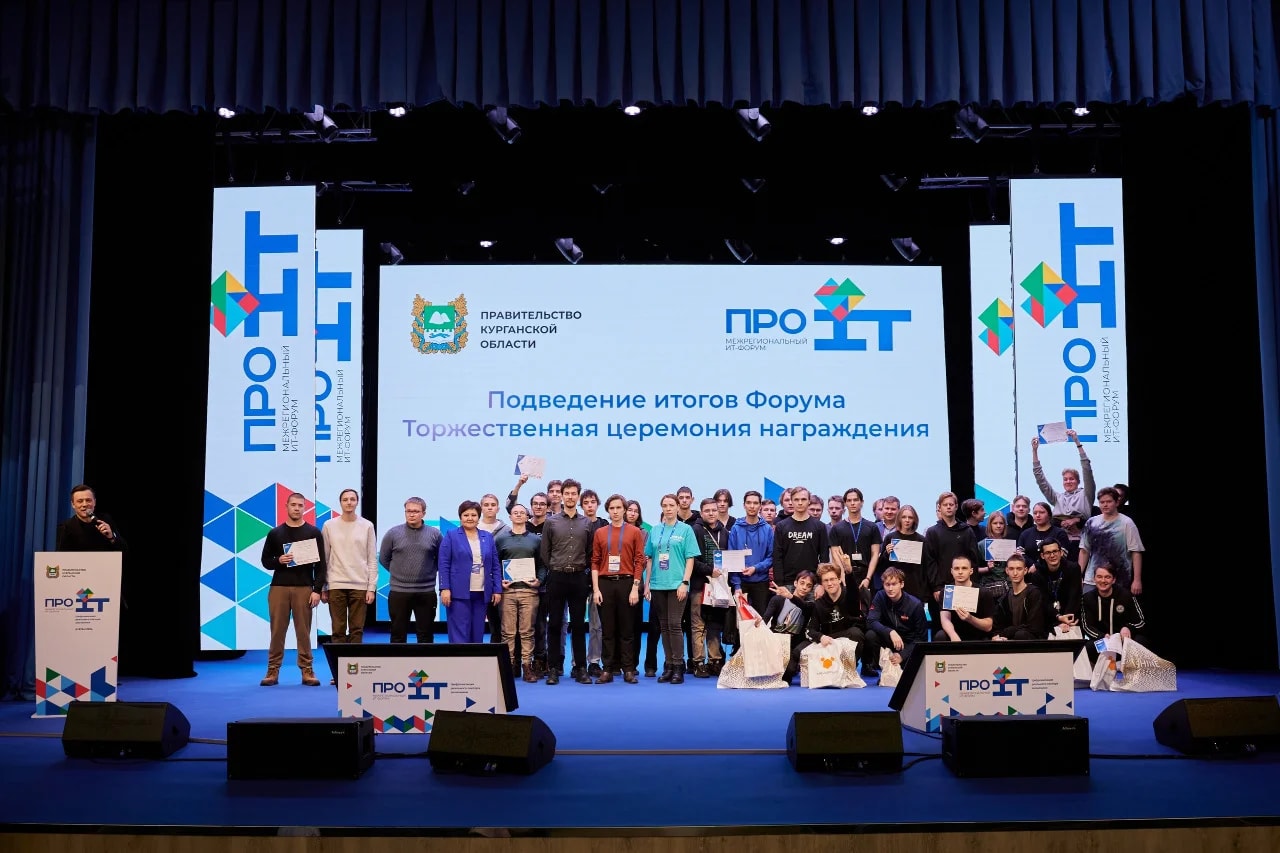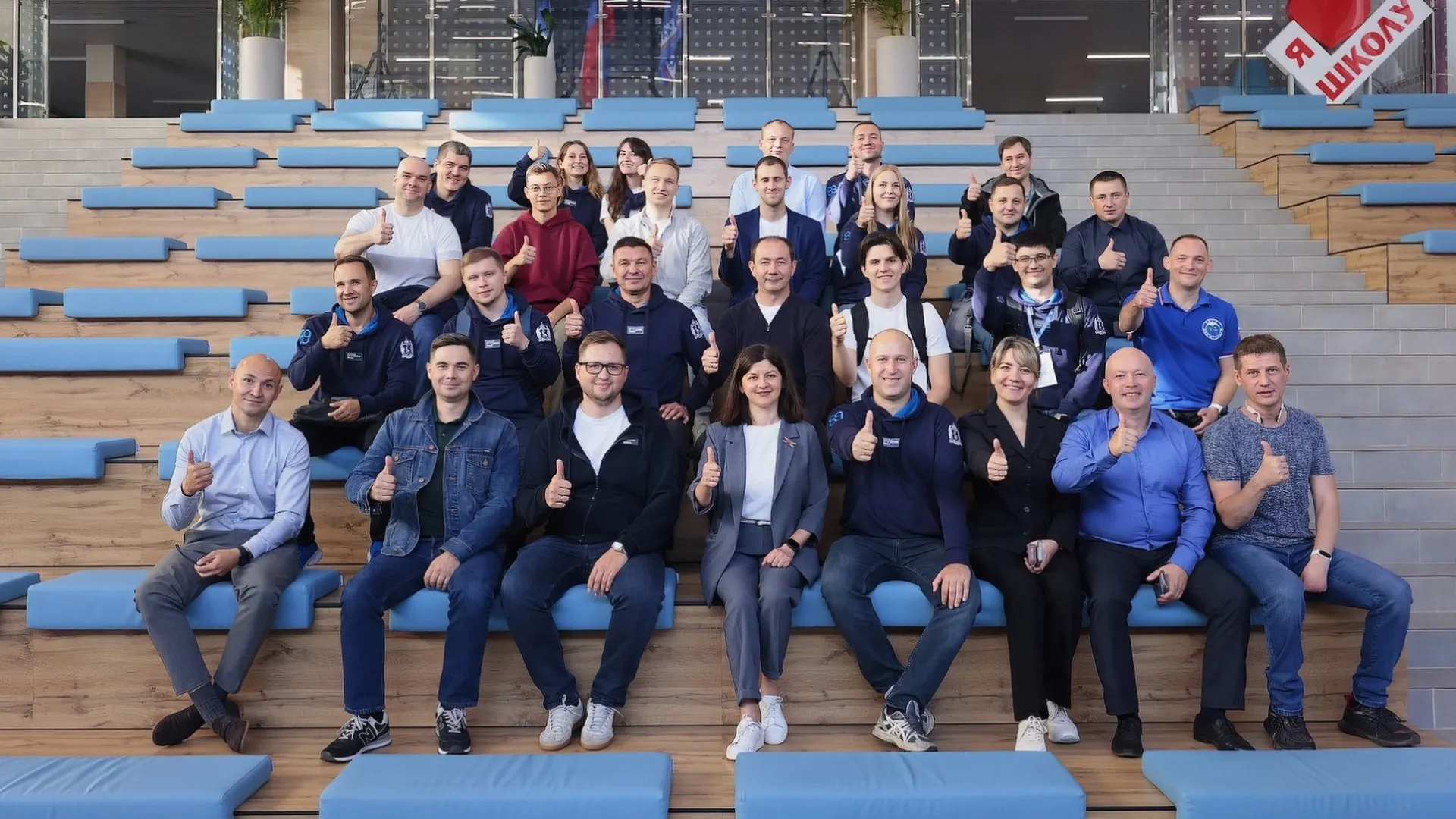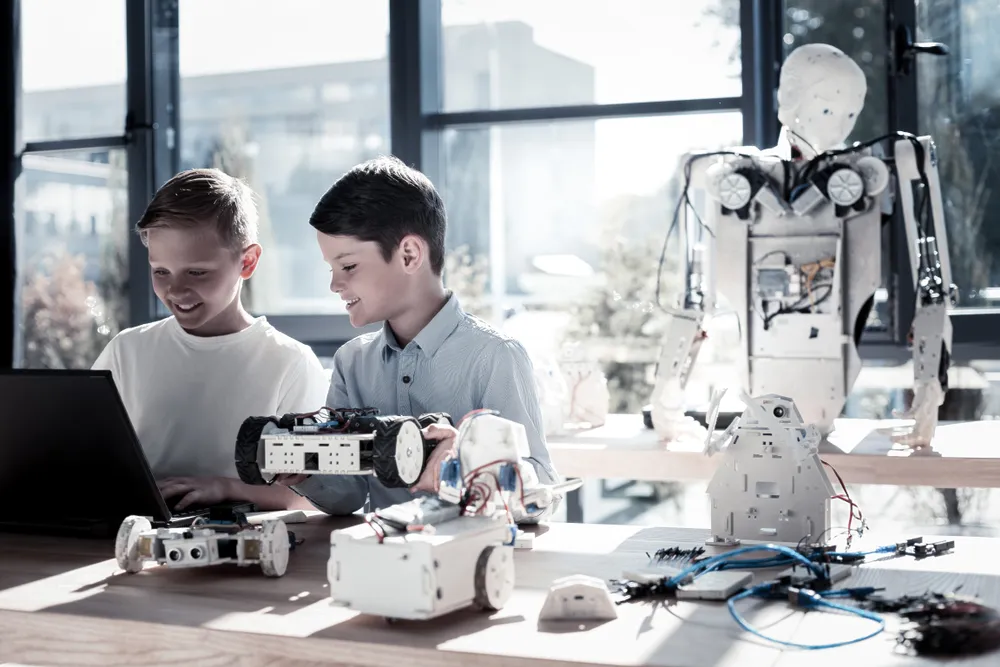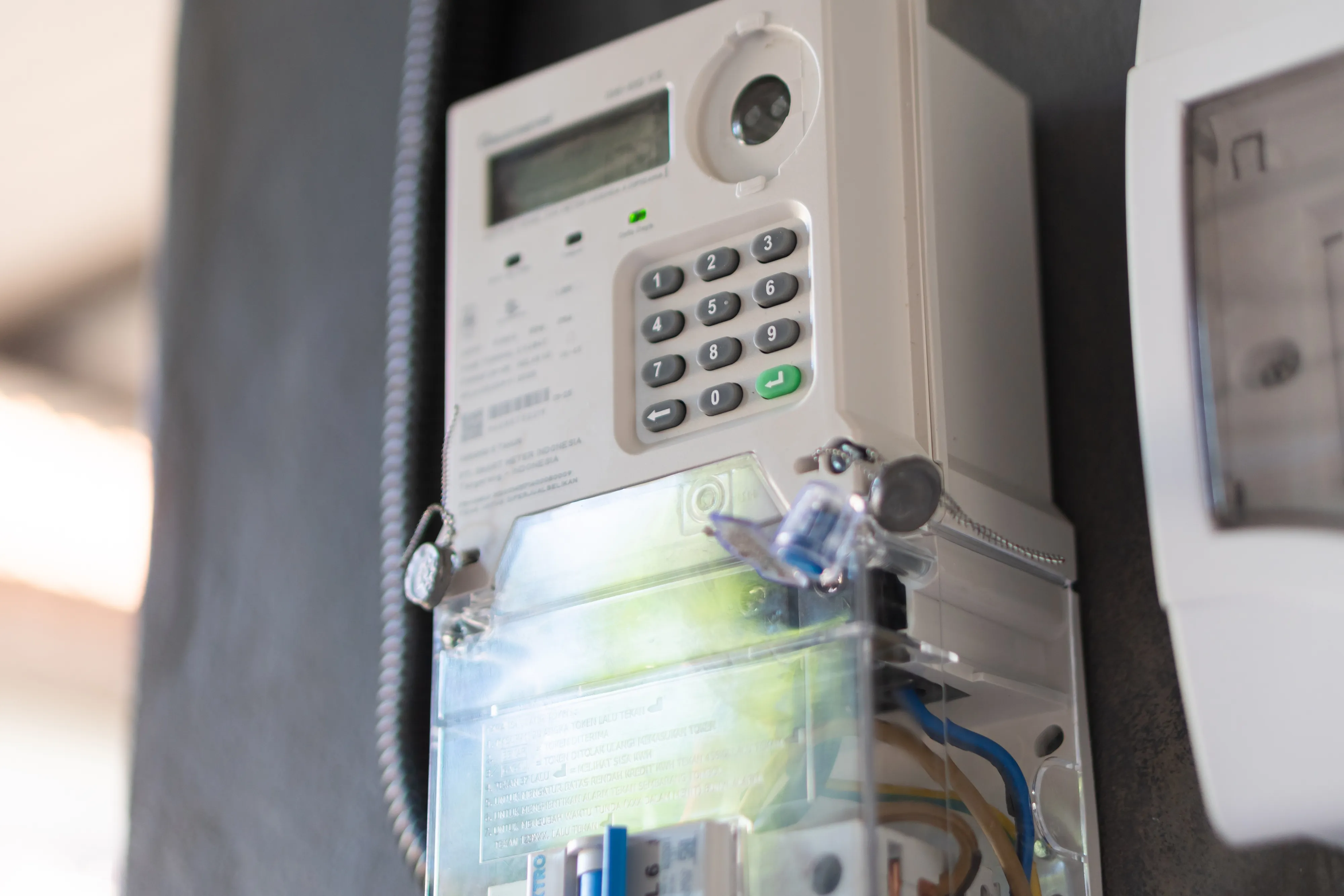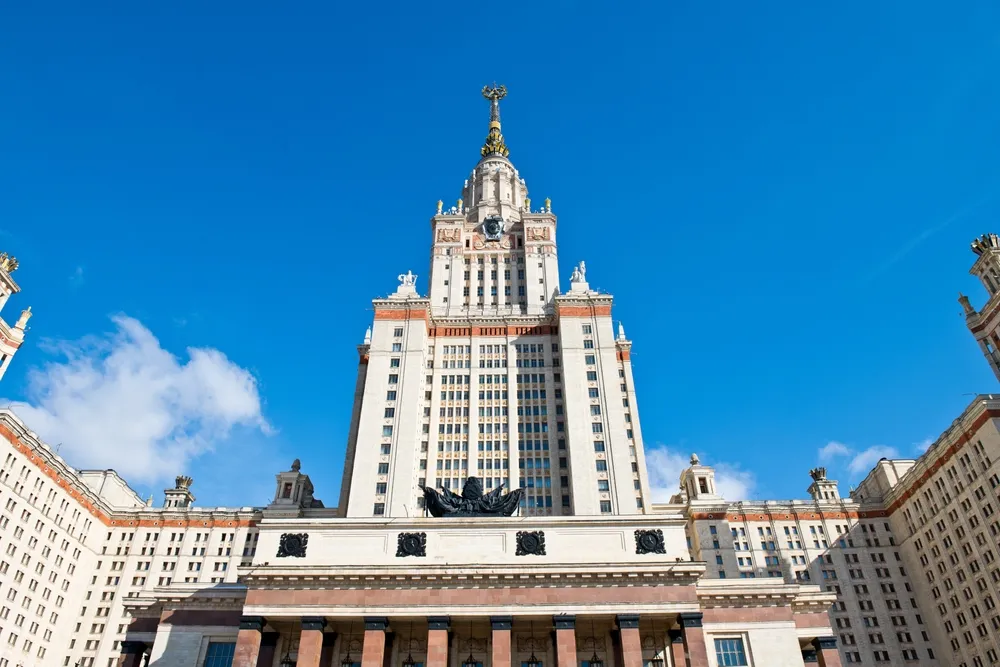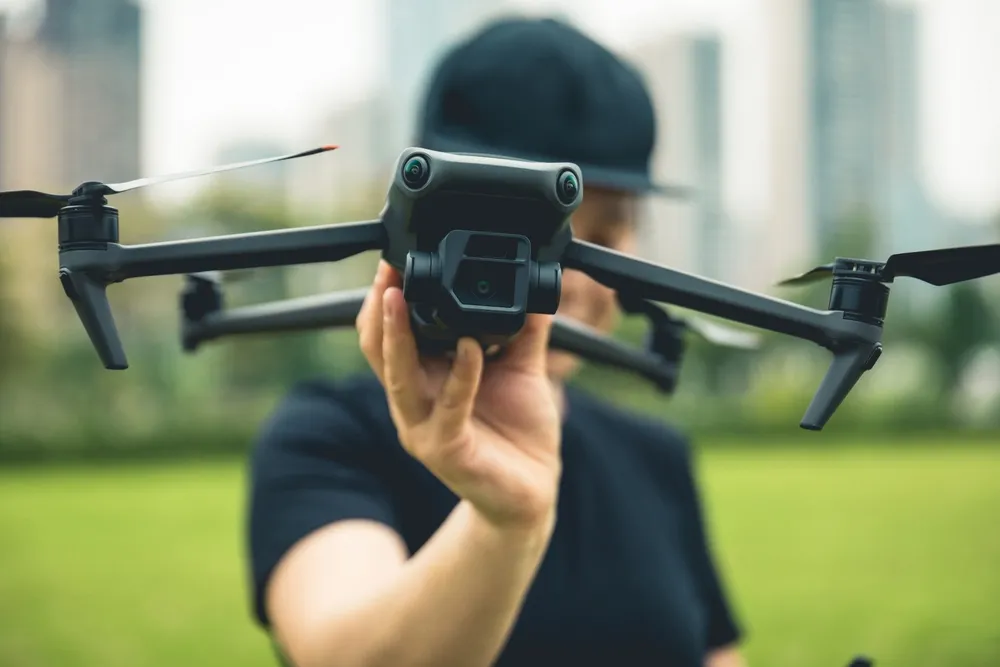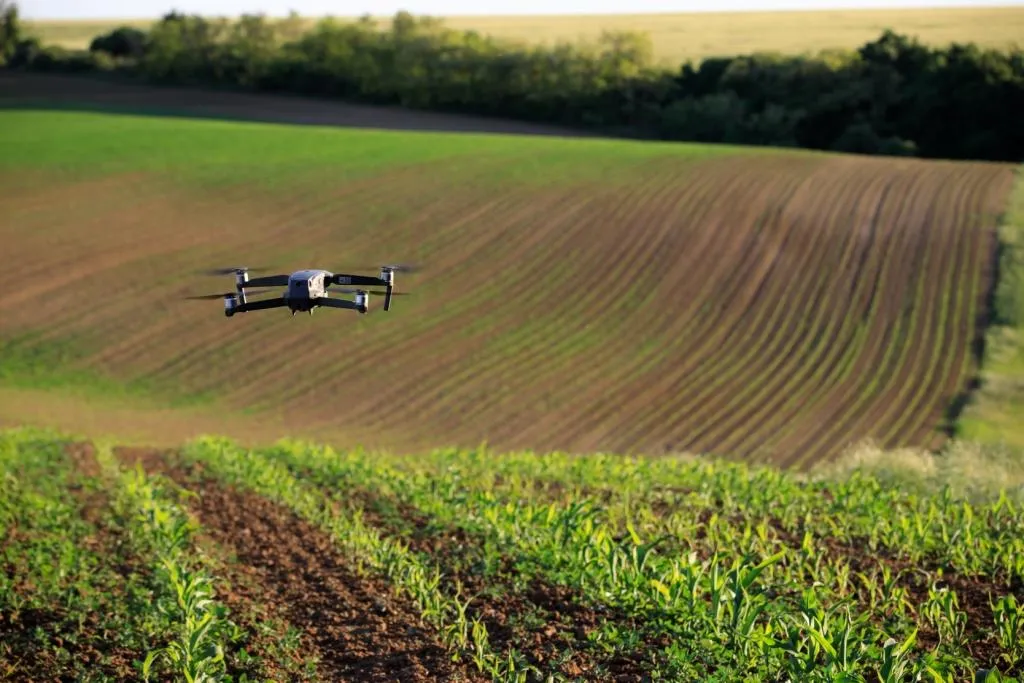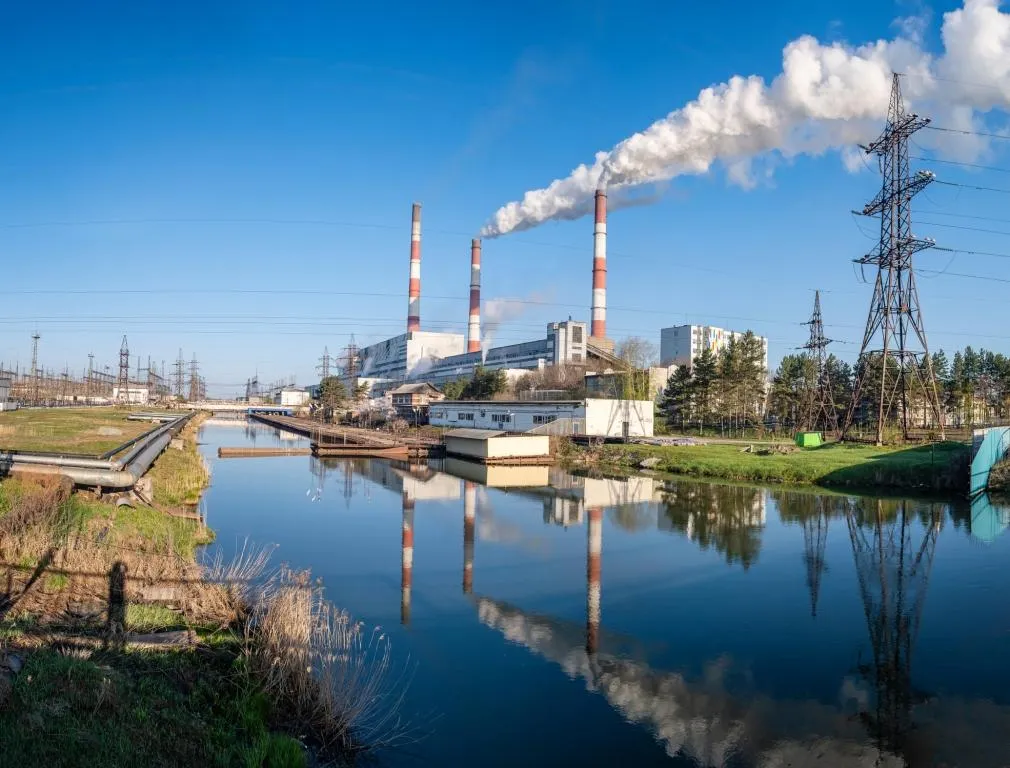AI Spots Defects in Russia’s Cast-Iron Skillet Production
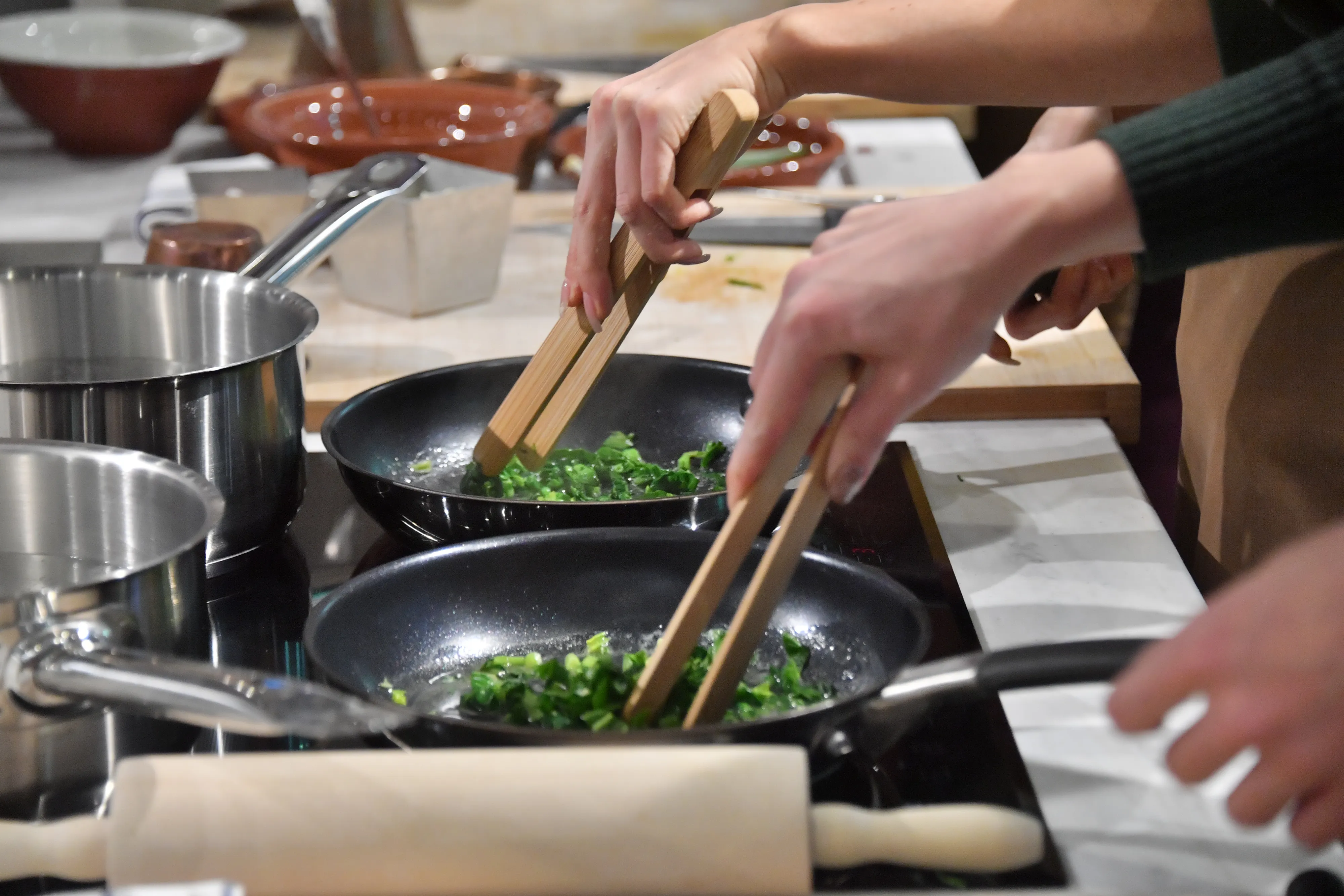
A new machine-vision algorithm tackles a decades-old bottleneck in the making of one of Russia’s most iconic exports: the cast-iron frying pan.
Researchers at Perm National Research Polytechnic University have unveiled an industrial AI system designed to perfect the production of cast-iron skillets. The algorithm uses machine vision to monitor iron ore pellets on the conveyor belt—an early but critical stage in creating cookware prized by chefs worldwide for its even heat distribution and natural nonstick surface.
Until now, quality checks were either manual—slow and error-prone—or automated systems that failed under the harsh, uneven lighting of steel plants. The new Russian technology overcomes that limitation by detecting light reflections from point sources and using an adaptive contrast algorithm to balance brightness across images. This makes every pellet visible to the system, even those hidden in shadows.
According to Alexander Zatonsky, associate professor at the university’s Department of Information Systems and Information Security, the breakthrough increased pellet recognition efficiency by 20 percent. That translates into less energy waste, fewer defective pans, and faster production cycles.
In an era of economic pressure, the innovation could help Russian manufacturers cut costs and improve competitiveness—showcasing how industrial AI is reshaping even the most traditional products.





